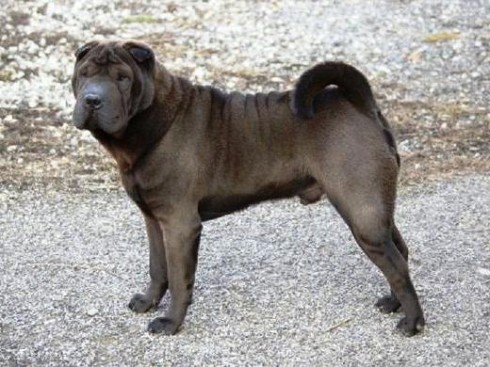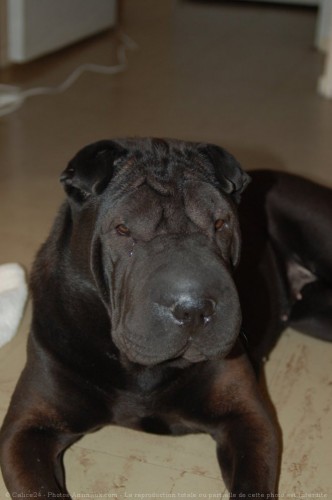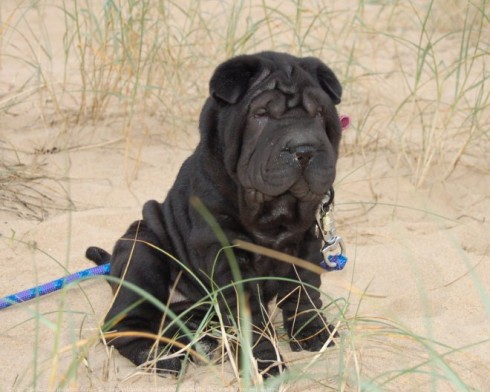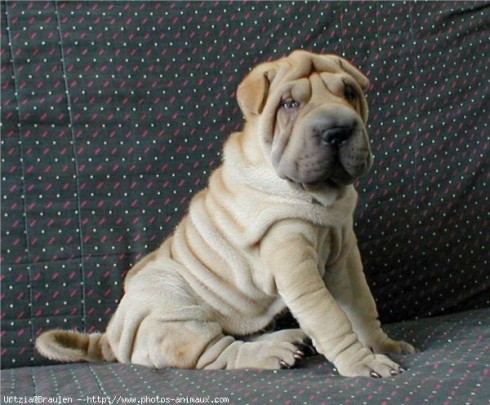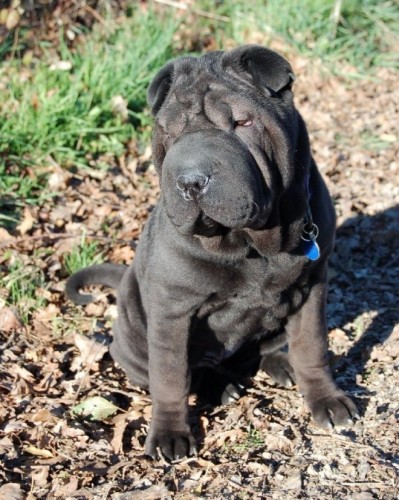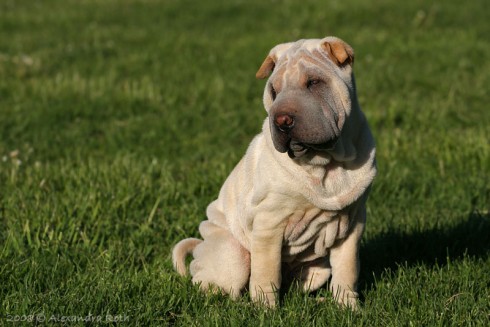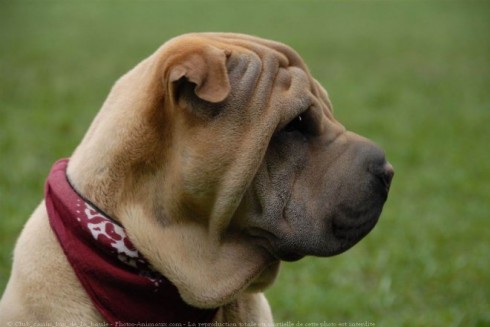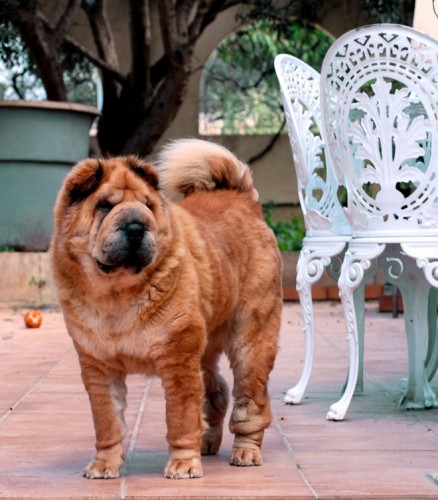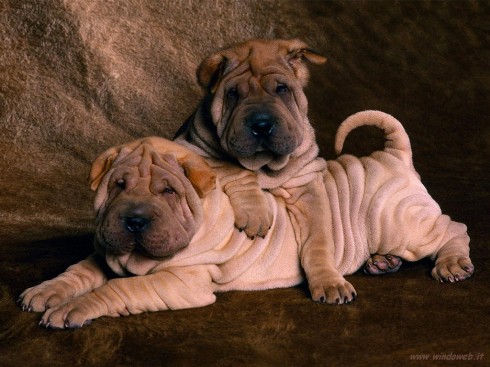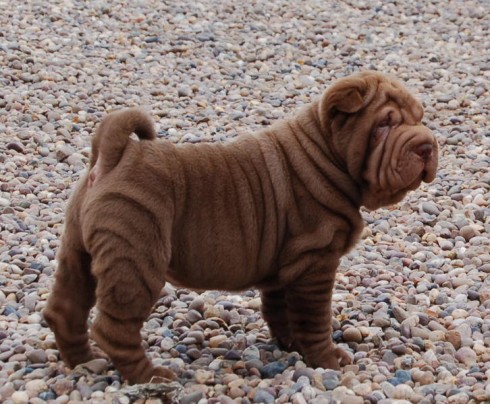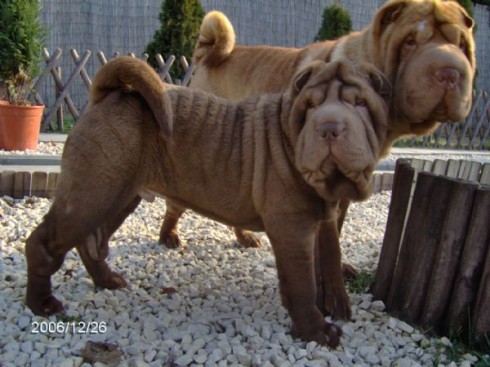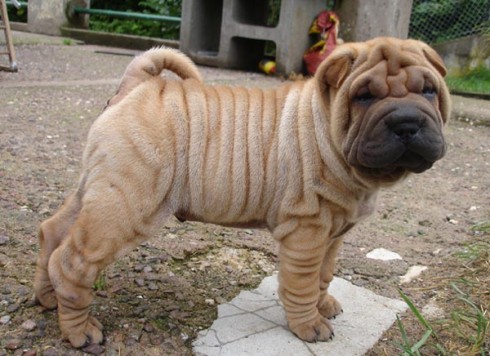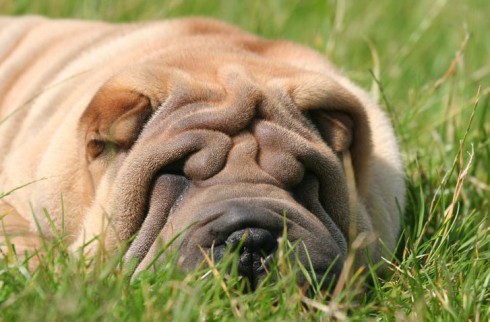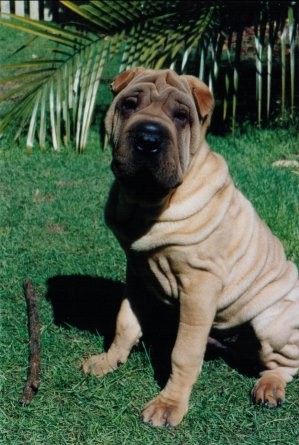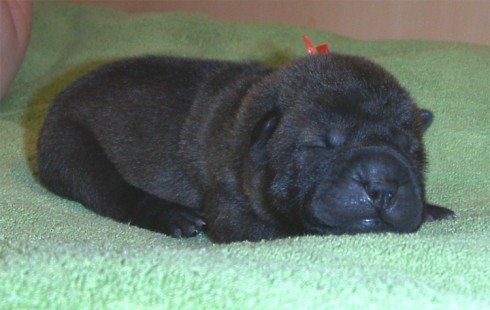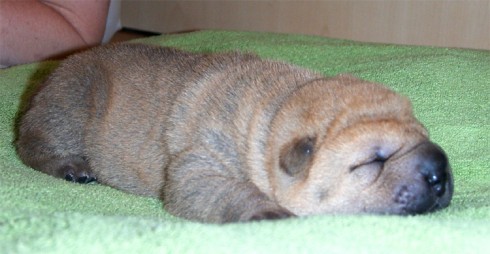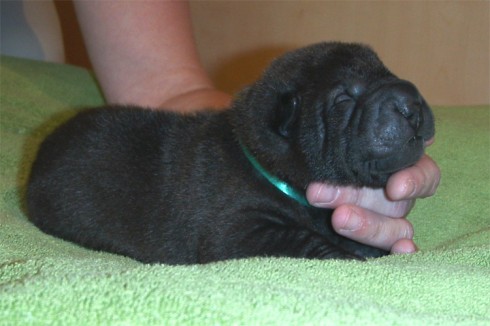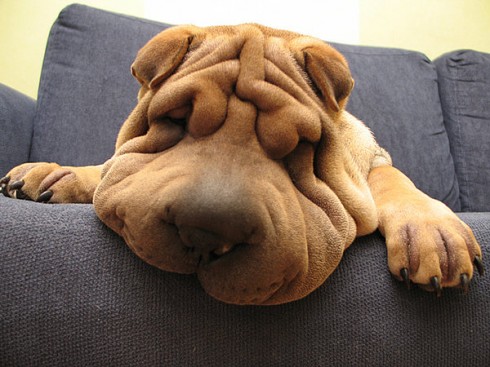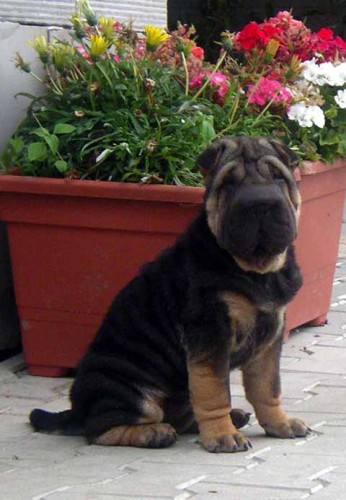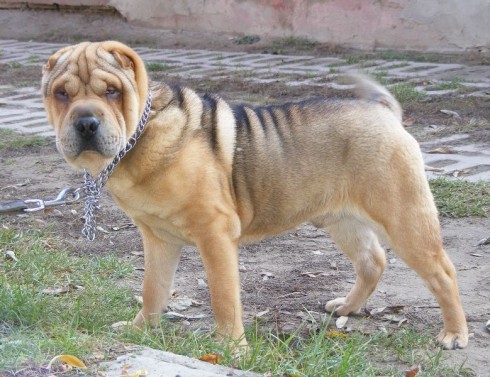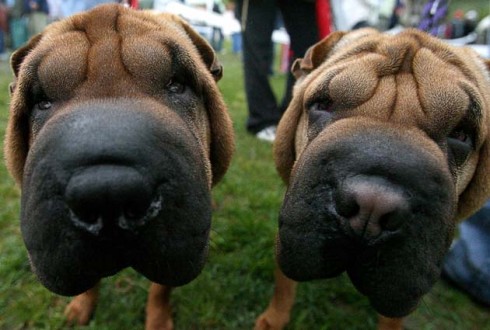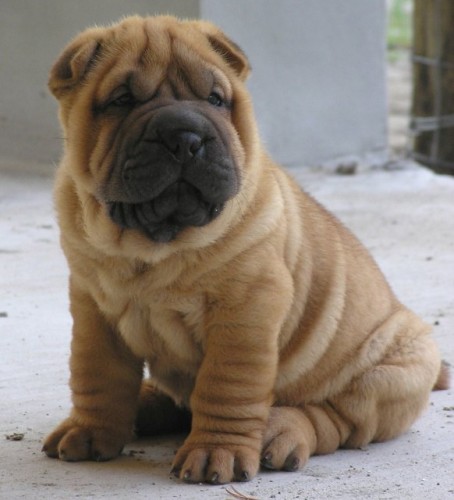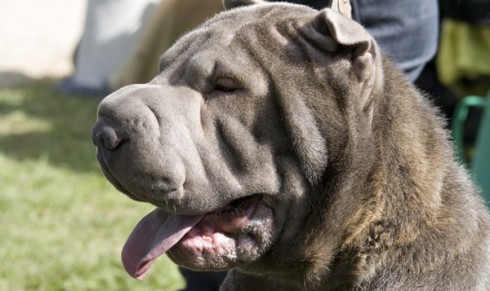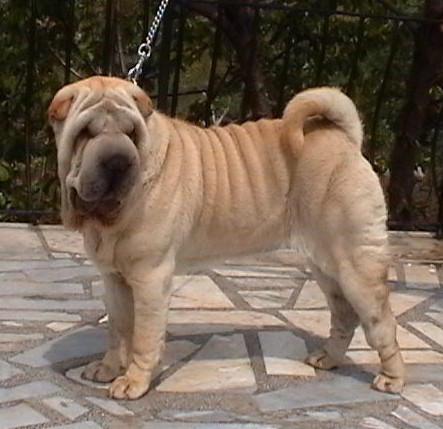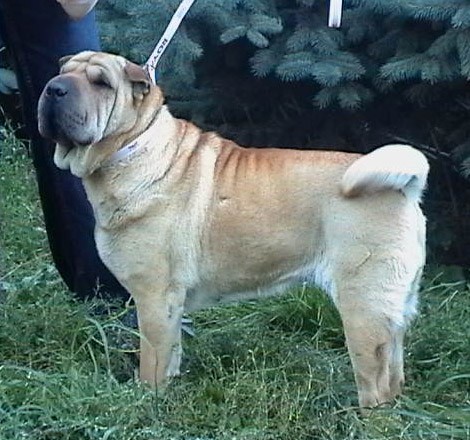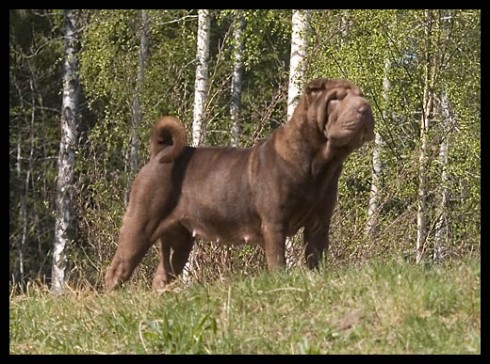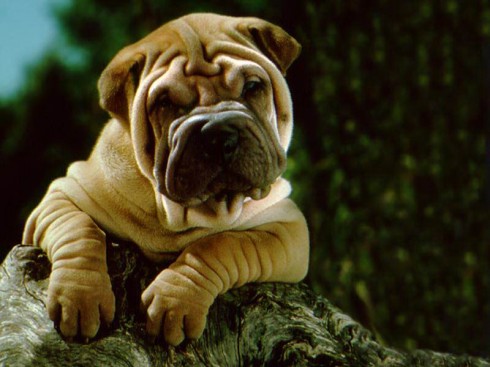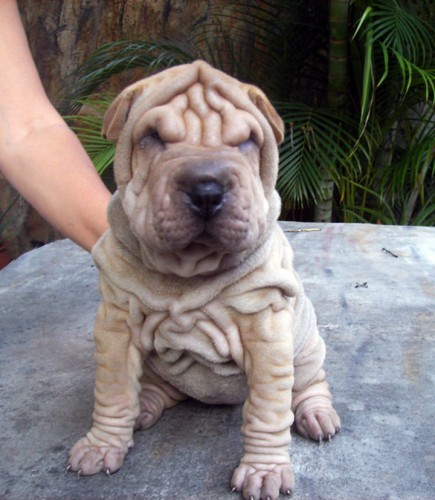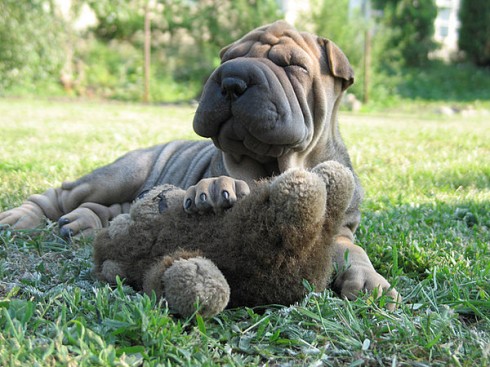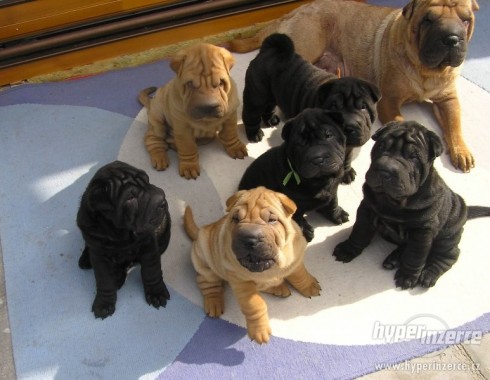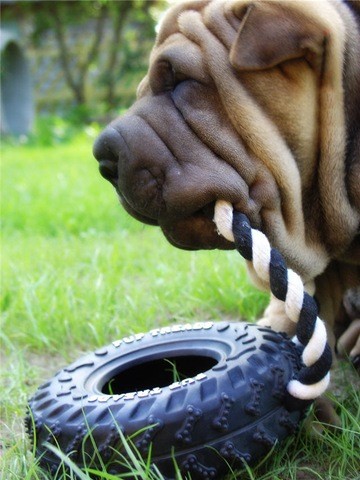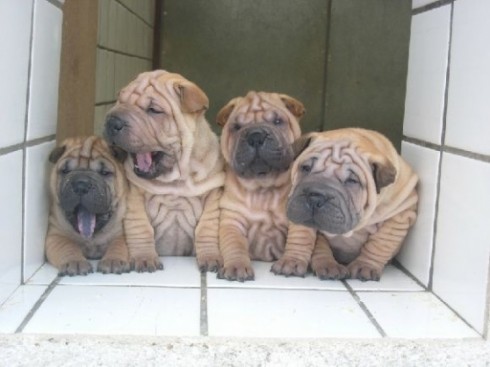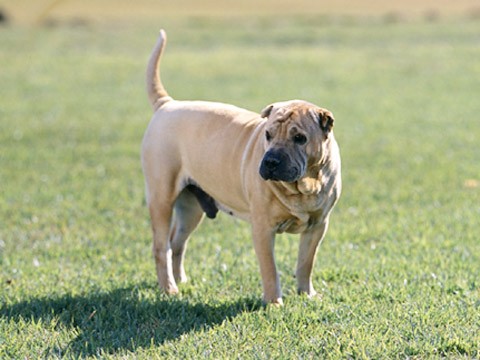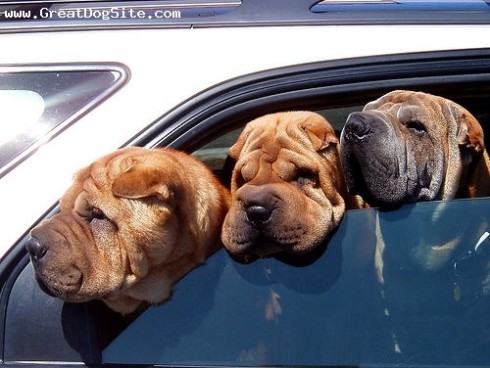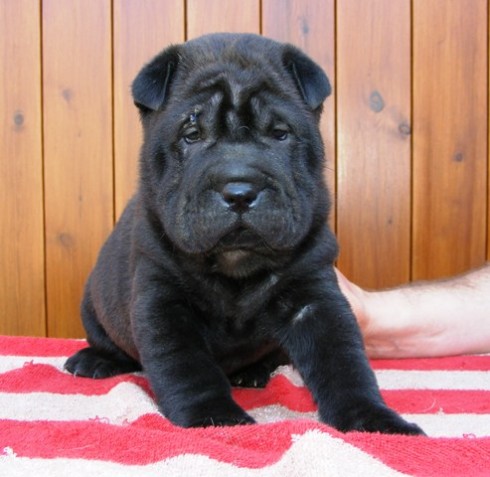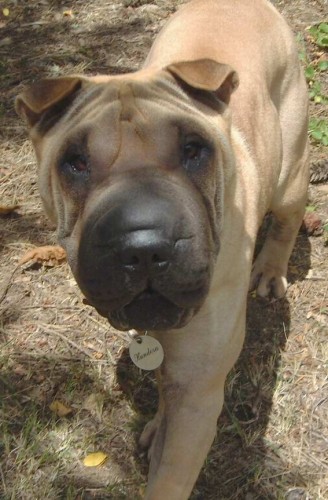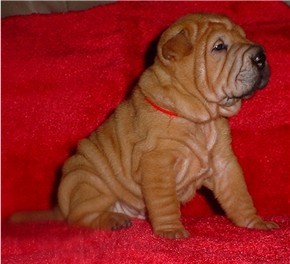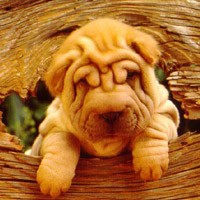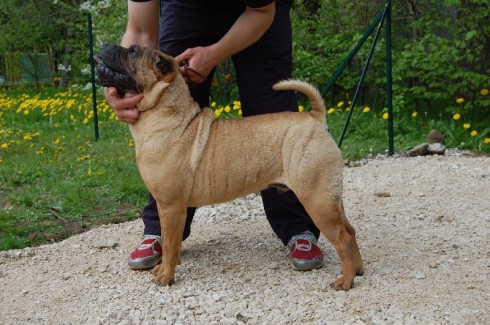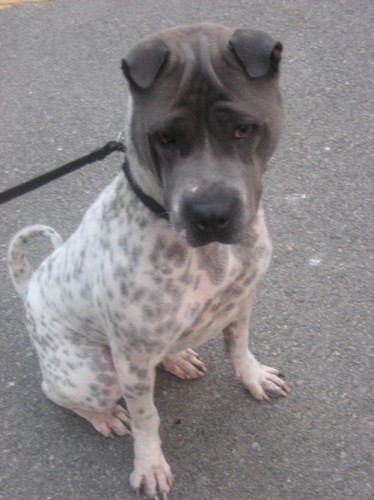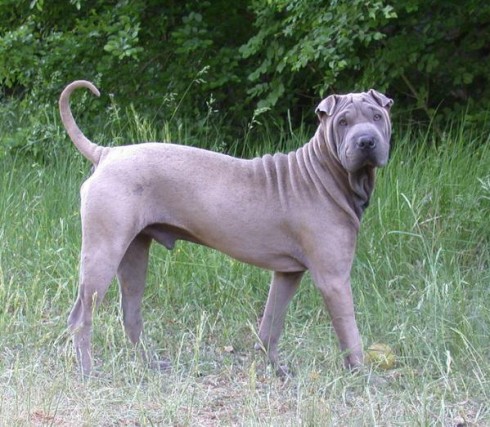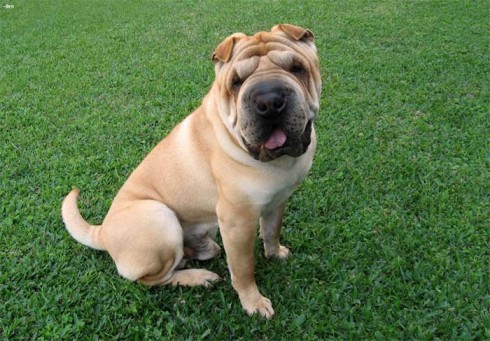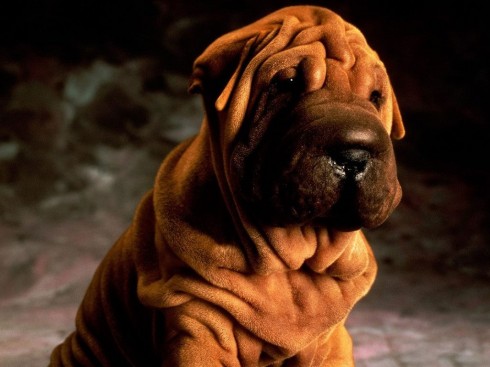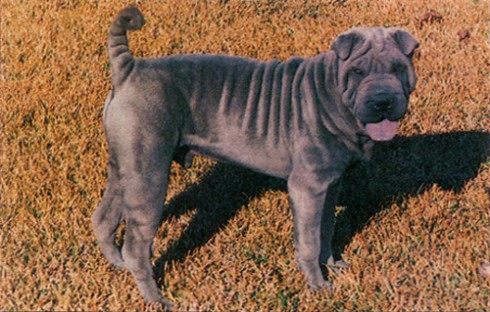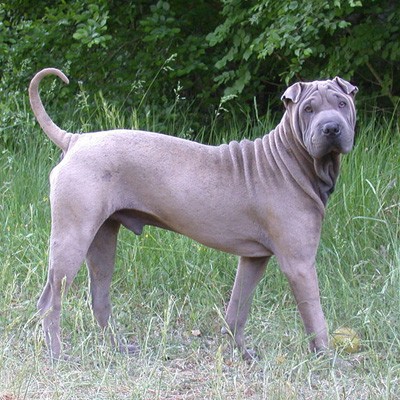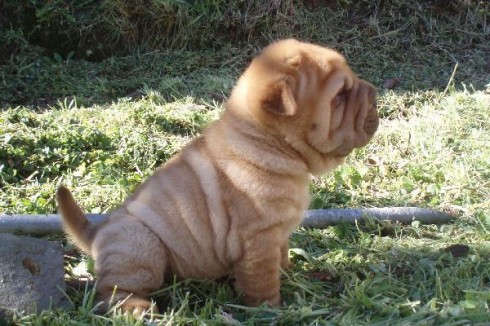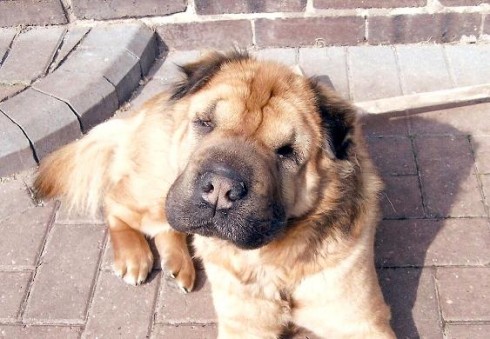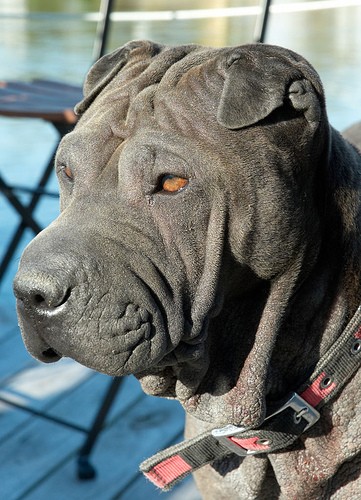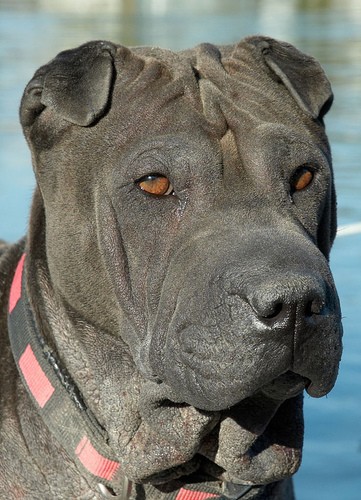Main Index
In Store
Our Web Store
Miniature Schnauzer Picture Gallery
Latest Dog Blogs
- What Are The Basic Commands To Train A Dog?
- PaySafe As The Most Popular Type Of Deposit
- Everything You Need To Know About Pet Sales
- Dogs Contribute To Our Physical And Mental Well Being
- How To Choose Where To Bet On Greyhounds In 2022
- Volunteer With Animals - How To Help Dogs Around The World
- Basic Understanding Of The House Edge
- Why You Should Get A Dog
- Top 20 Popular Dog Names Around The World
- Constipation in Dogs and How to Find Solutions
Shar Pei
While very loving toward his family, the Shar-Pei has an independent nature. He may seem uninterested in other people around him and cautious with other animals. Because he is able to think for himself, obedience training requires a strong and patient person. This is a serious and dignified dog.
Did you know?
The name "Shar-Pei" literally means "sand-skin".
The Chinese Shar-Pei is an ancient and unique breed, thought to have been in existence since the Han dynasty in China around 200 B.C.
The short, harsh coat, the loose skin covering the head and body, the small ears, the "hippopotamus" muzzle shape and the high set tail give the Shar-Pei a unique look all of its' own.
The now famous appeal by Matgo Law of Down-Homes Kennels, Hong Kong, appeared in Dogs Magazine in April 1973. In this article, Law begged the canine fancy in the United States to help save the Chinese Shar-Pei who, listed as the "rarest dog in the world" by The Guinness Book of Records, would otherwise become extinct.
So you want to own a Chinese Shar-Pei?
The Chinese Shar-Pei is regal, alert, intelligent, and dignified. He may appear independent, snobbish, and standoffish with strangers. But is extremely devoted to his family.
The Chinese Shar-Pei has been described as "people dogs," preferring the companionship of humans to that of other dogs.
Indicative Breed Standard
General Appearance
Alert, active, compact, short-coupled, squarely built. Dogs larger and more powerful than bitches.
Characteristics
Loose skin, frowning expression, harsh bristly coat.
Temperament
Calm, independent, very affectionate, and devoted to people.
Head and Skull
Rather large in proportion to body, skull flat, broad, moderate stop. Length from nose to stop approximately equal to length from stop to occiput. Fine wrinkles on forehead and cheeks continuing to form dewlaps. Muzzle distinctive feature of breed. Broad and full with no suggestion of tapering. The lips and top of muzzle padded, causing a slight bulge at the base of nose. When viewed from front, bottom jaw appears wider than top due to padding of lips. Nose large, wide, preferably black but any colour conforming to general coat colour permissible.
Eyes
Dark, medium size, almond-shaped with frowning expression. Amber and lighter colours permissible in paler shades. Function of eyeball or lid in no way disturbed by surrounding skin, folds or hair. Any sign of irritation of eyeball, conjunctiva or eyelids highly undesirable. Free from entropion.
Ears
Very small, rather thick, equilaterally triangular in shape, slightly rounded at tip, and set high on the skull with tips pointing towards eyes, set well forward over eyes, wide apart and close to skull. Pricked ears highly undesirable.
Mouth
Tongue, roof of mouth, gums and flews: solid bluish-black is preferred. Solid pink tongue undesirable. Dogs with self-coloured pigment and amber or light brown eyes would be expected to have a lavender tongue. Teeth strong, with a perfect, regular and complete scissor bite, i.e. upper teeth closely overlapping lower teeth and set square to the jaws. Padding of lower lip should not be so excessive so as to interfere with the bite.
Neck
Medium length, strong, full; set well on shoulders, with loose skin under neck.
Forequarters
Shoulders muscular, well laid and sloping. Elbows close to the body. Forelegs straight, moderate length, good bone; pasterns slightly sloping, strong and flexible.
Body
Height at withers approximately equal to the length from point of shoulders to point of buttock. Depth of brisket approximately half of height at withers. Chest broad and deep, underline rising slightly under loin; back short, strong. Topline dips slightly behind withers then rises over short, broad loin. Adult dogs should display moderate wrinkling over shoulders and base of tail. Excessive skin on body when mature highly undesirable.
Hindquarters
Muscular, strong; moderately angulated; hocks well let down without excessive wrinkling or thickening.
Feet
Moderate size, compact, toes well knuckled. Fore and hind dewclaws may be removed.
Tail
Rounded, narrowing to fine point, base set very high. May be carried high and curved, carried in tight curl, or curved over. Lack of, or incomplete, tail highly undesirable.
Gait/Movement
Free, vigorous and balanced, rear single tracking is normal at a fast trot, stilted gait undesirable.
Coat
Extremely harsh coat straight and off-standing on the body but flatter on the limbs. No undercoat. Length varies from short and bristly, under half an inch (1.25cm) or longer and thicker, between half an inch (1.25cm) and one inch (2.5cm), but still off-standing and harsh to the touch. N.B: no particular coat length within the accepted length should be preferred above the other. Never trimmed.
Colour
All Solid colours except white are acceptable. Frequently shaded on tail and back of thighs with lighter colour.
Size
Height: 46-51 cms (18-20 ins) at withers.
About Our Article Directory
- Article
- 27 November 2010
- 2 comments
Canis lupus familiaris
- Breed Article
- 29 May 2010
- No comments
Dog Health Problems and Symptoms: Where Do You Turn?
- Article
- 15 February 2010
- 1 comment
Quick Search
Donate
Latest Dog Pods
- Tips on How to Stop Your Dog from Biting
- Beware - Not All Advertised Dog Rescues Really Are! How Can You Know The Truth?
- Helpful Tips For Dog Obedience Problems
- How to Keep Dogs From Eating Poop
- Dog Grooming Tips - A General Overview of the Very Basics of Dog Grooming
- Recognising Different Types of Dog Obedience Problems
- 5 Important Tips On Feeding A Puppy


